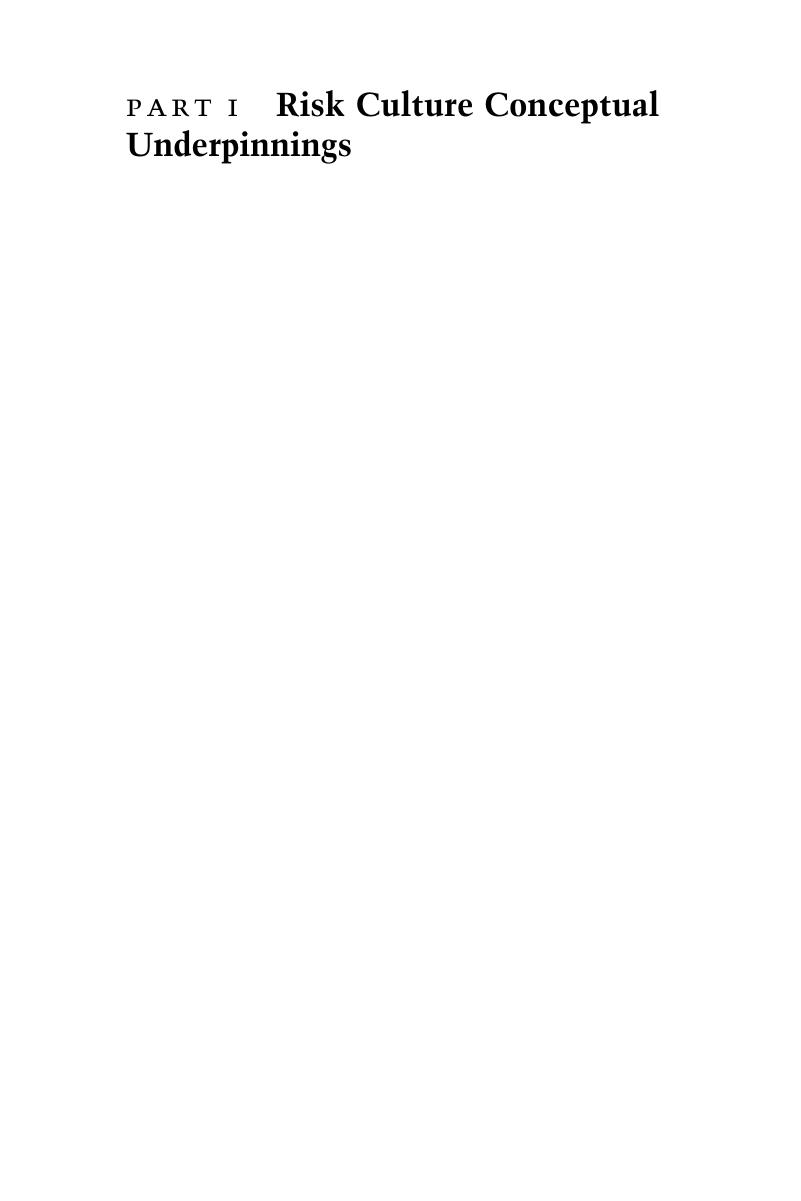Part I - Risk Culture Conceptual Underpinnings
Published online by Cambridge University Press: 22 May 2020
Summary

- Type
- Chapter
- Information
- Beyond Bad ApplesRisk Culture in Business, pp. 19 - 138Publisher: Cambridge University PressPrint publication year: 2020



